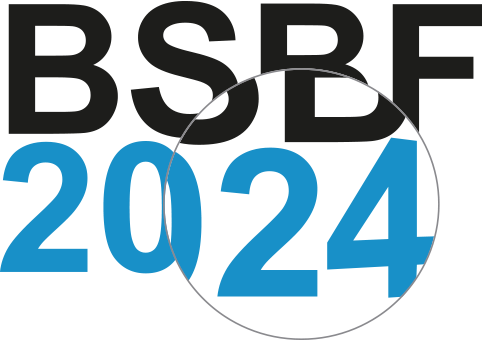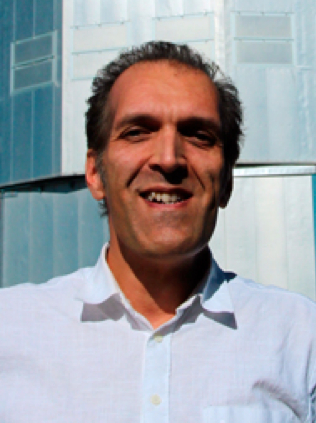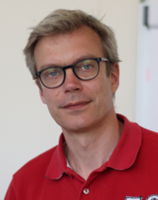PARALLEL SESSION D
D1 ICT challenges: Information and Communication Technologies
Thu 3rd Oct 14h00 - 16h20
Big Science organisations rely heavily on a variety of IT and scientific computing services throughout their lifecycle. Many organisations (particularly with user-based facilities) need to invest in computing infrastructure for data management and analysis in order to deliver curated data to the science community.
In this session the procurement opportunities dealing with computing infrastructure will be presented, as well as the projects and tenders for IT Services. Other topics of interest include user data access (database design programme and management, data indexing, discovery and retrieval, delivery methods), interfaces (embedded software, hardware controls, user interfaces and visualization tools, digital twins), data management (IoT, data analytics tools, big data) among others. Future trends like Artificial Intelligence applied to Big Science will also be discussed.





